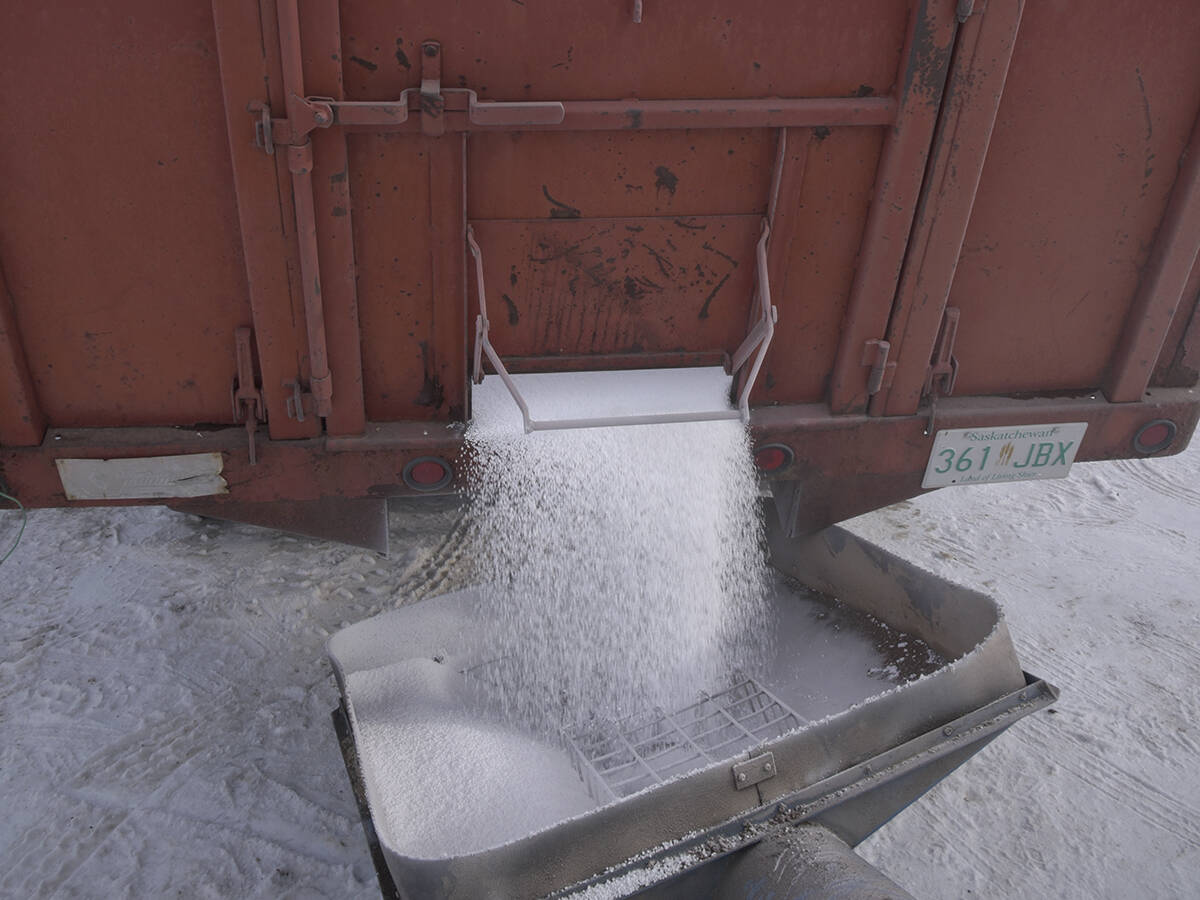New research shows that microbial population levels in feedlot air, although higher upwind of the site, are generally within the standard threshold limit set for livestock facilities.
The research has also provided a better understanding of the movement of feedlot air.
Understanding the distribution of air from feedlots, which could contain biological entities such as bacteria and dust, may reduce liabilities and encourage public acceptability of feedlots and manure management strategies, says Abimbola Abiola, a researcher from Olds College in Alberta who led the study.
Read Also

Urea prices heading higher: analyst
A fertilizer market analyst thinks urea prices have bottomed out and are heading higher through the first quarter of 2026.
“Greater acceptance of feedlot facilities and beef production in general in Alberta will help the industry reach its full potential with fewer environmental concerns from the general public.”
Abiola led the project, funded partially by the Canada Alberta Beef Industry Development Fund, to determine whether feedlots are contributing to microbiological contamination of surrounding air.
A total of 5,400 air samples were taken from two feedlots in the windy Chinook region of southwestern Alberta during spring and fall of 1999 and 2000. Using the two feedlots, researchers examined population distributions of total bacteria, gram-negative bacteria, fecal coliforms, fungi and thermoactinomycetes spores.
Gram-negative bacteria can cause human respiratory problems and discomfort. Fecal coliforms, which indicate manure contamination, can cause gastro-intestinal disorders in humans and cattle. Fungi and thermoactinomycetes spores can cause respiratory infections, especially in asthmatics and those with impaired immune systems.
Air samples were collected in and around both feedlots at nine locations per feedlot. Distances were calculated using the centre of the feedlot as a benchmark. Locations were one and 0.5 kilometres upwind, three locations within the feedlot (0.5 km upwind of the centre, the centre and 0.5 km downwind of the centre), and 0.5, one, 1.5 and two km downwind of the feedlot. Both facilities were about one km in diameter and were surrounded by cropland and pasture.
In addition to microbiological sampling of the air, samples were also sent to the Alberta Research Council for olfactometer analysis, partly because of public perception that once odour from a feedlot is detectable, there is automatic exposure to disease-causing organisms.
Results confirmed that total bacteria levels were highest in air samples taken from the centre of the feedlot. However, there was new information gathered about the movement of air in and around feedlots, as well as the microbial contents of the air itself.
“In all situations, total bacterial populations were elevated within the feedlots during all sampling events, but they returned to upwind levels, which are much lower, between 0.5 km and one km downwind,” said Abiola.
The recommended limit for total bacteria in the air is 10,000 colony-forming units per cubic metre, according to the American Conference of Government Industrial Hygienists. This limit was exceeded only at two locations, the centre of the feedlot and just downwind of the centre, during one sampling.
In terms of overall feedlot air quality, the bottom line is that while microbial populations in the feedlot were generally at an elevated level when compared to upwind air quality, the levels were generally within the standard threshold limit value.
With respect to odour, there was a poor correlation between on-site perceived odour and olfactometric odour analysis.














